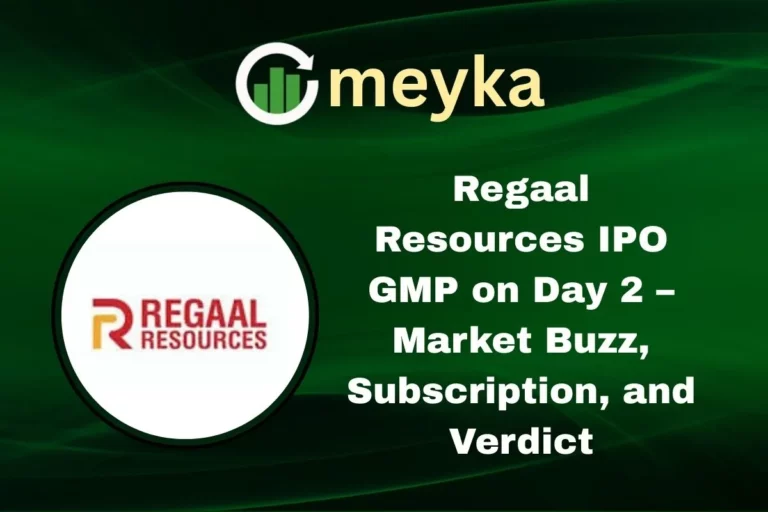Fed Credibility Threat Could Send Gold to $5,000, Goldman Says
The Federal Reserve, widely known as the Fed, faces growing scrutiny as Goldman Sachs warns that its credibility issues could trigger a historic surge in gold prices. According to analysts, if the market starts doubting the Fed’s commitment to managing inflation and interest rates effectively, gold could reach an unprecedented $5,000 per ounce.
This scenario has investors closely watching central bank decisions, inflation trends, and geopolitical tensions.
Why is this happening? The Fed’s policy credibility is crucial because it shapes expectations for interest rates, inflation control, and economic stability. Any perception that the Fed may struggle to maintain price stability could encourage investors to flock to safe-haven assets like gold.
What Goldman Sachs Says About Fed Credibility and Gold
Goldman Sachs has emphasized that the Fed’s credibility is central to financial market stability. Their analysts estimate that if confidence in the Fed erodes significantly, gold could jump to $5,000 per ounce as investors hedge against monetary uncertainty.
The firm explained that global investors rely heavily on the Fed’s ability to maintain price stability. If this trust weakens, gold and other precious metals become the preferred choice for safeguarding wealth. This aligns with historical trends where gold rallies occurred during periods of central bank uncertainty or inflation fears.
As noted on social media, traders are closely monitoring these developments.
How Market Participants Are Reacting
Investors have started positioning in gold futures and ETFs, anticipating potential gains. Market-watchers indicate that a weak Fed credibility environment often coincides with higher gold volatility and increased speculative activity.
Some traders are also exploring commodities-linked ETFs and gold mining stocks to capitalize on the potential upswing. Meanwhile, institutional investors are reviewing portfolio allocations to balance risk exposure between equities, bonds, and precious metals.
MarketWatch highlighted that “gold could serve as a hedge if confidence in central bank policies diminishes.”
Factors Threatening the Fed’s Credibility
Several factors are contributing to concerns over the Fed’s credibility:
- Inflation Surprises: Inflation remains unpredictable despite the Fed’s rate hikes. Persistent inflation above target could make market participants question the Fed’s effectiveness.
- Global Geopolitical Risks: Conflicts, sanctions, and supply chain disruptions could force the Fed into reactive policies rather than proactive planning.
- Interest Rate Policy Uncertainty: Conflicting economic data may lead to delayed or abrupt rate adjustments, reducing market confidence.
- Market Volatility: Sudden swings in stock, bond, and commodity prices challenge the Fed’s ability to guide the economy smoothly.
Investors on social media are debating the impact of these risks on gold prices.
Why Gold Could Benefit from Fed Challenges
Gold has historically been a safe-haven asset during economic uncertainty. If investors believe the Fed may fail to control inflation or stabilize the economy, gold demand tends to rise.
- Inflation Hedge: Gold retains value when fiat currency purchasing power declines.
- Portfolio Diversification: During periods of central bank uncertainty, investors seek alternatives to stocks and bonds.
- Global Liquidity: Gold is recognized worldwide, making it a preferred choice when local currency or bond markets are unstable.
Goldman Sachs projects that in a worst-case scenario, the combination of inflation fears and Fed credibility issues could push gold toward $5,000 per ounce, creating a historic milestone for the metal.
Implications for Investors and Traders
For traders, the potential gold surge presents opportunities:
- Short-term traders could profit from futures contracts or gold ETFs as volatility increases.
- Long-term investors may consider adding gold and precious metals to hedge against central bank risks.
- Portfolio Rebalancing: With bonds yielding lower returns in uncertainty, gold becomes a strategic asset.
CoinGape Media highlighted that investors are increasingly focusing on gold as insurance against a potential Fed misstep.
Historical Context
Looking back, gold has reacted strongly to central bank credibility concerns. For example:
- In the late 1970s, high inflation and doubts about the Fed’s policy contributed to gold reaching then-record highs.
- During the 2008 financial crisis, gold surged as confidence in financial institutions and central banks waned.
These examples indicate that if confidence in the Fed declines, the $5,000 gold scenario is plausible, not just theoretical.
What Analysts Recommend
Goldman Sachs suggests that investors should monitor Fed communications closely. Key signals include:
- Statements on inflation targets and rate policies
- Forward guidance on quantitative easing or tightening
- Market reactions to Fed meetings and minutes
Analysts recommend cautious positioning in gold while keeping an eye on equity market movements and the bond yield curve.
Conclusion
The Fed’s credibility is more than just a central banking issue; it directly impacts global financial stability and commodity markets. Goldman Sachs’ forecast of gold potentially reaching $5,000 per ounce underscores the importance of monitoring Fed policies closely.
Investors and market watchers should stay informed, diversify portfolios, and consider gold and related assets as a hedge against uncertainty. As the global economy faces persistent inflation, geopolitical tensions, and market volatility, gold may once again reclaim its role as the ultimate safe-haven asset.
FAQ’S
Markets are concerned about the Fed’s ability to control inflation and maintain economic stability, which affects investor confidence.
If confidence in the Fed declines, investors often move to safe-haven assets like gold, potentially pushing prices higher.
Unclear interest rate guidance, inflation surprises, and global economic pressures can create market volatility and reduced trust in the Fed.
Yes, gold, precious metals, and diversified portfolios are common strategies to protect wealth during Fed uncertainty.
Yes, historically, doubts about Fed policies have led to gold rallies and shifts in investor behavior during crises.
Disclaimer
This is for information only, not financial advice. Always do your research.






